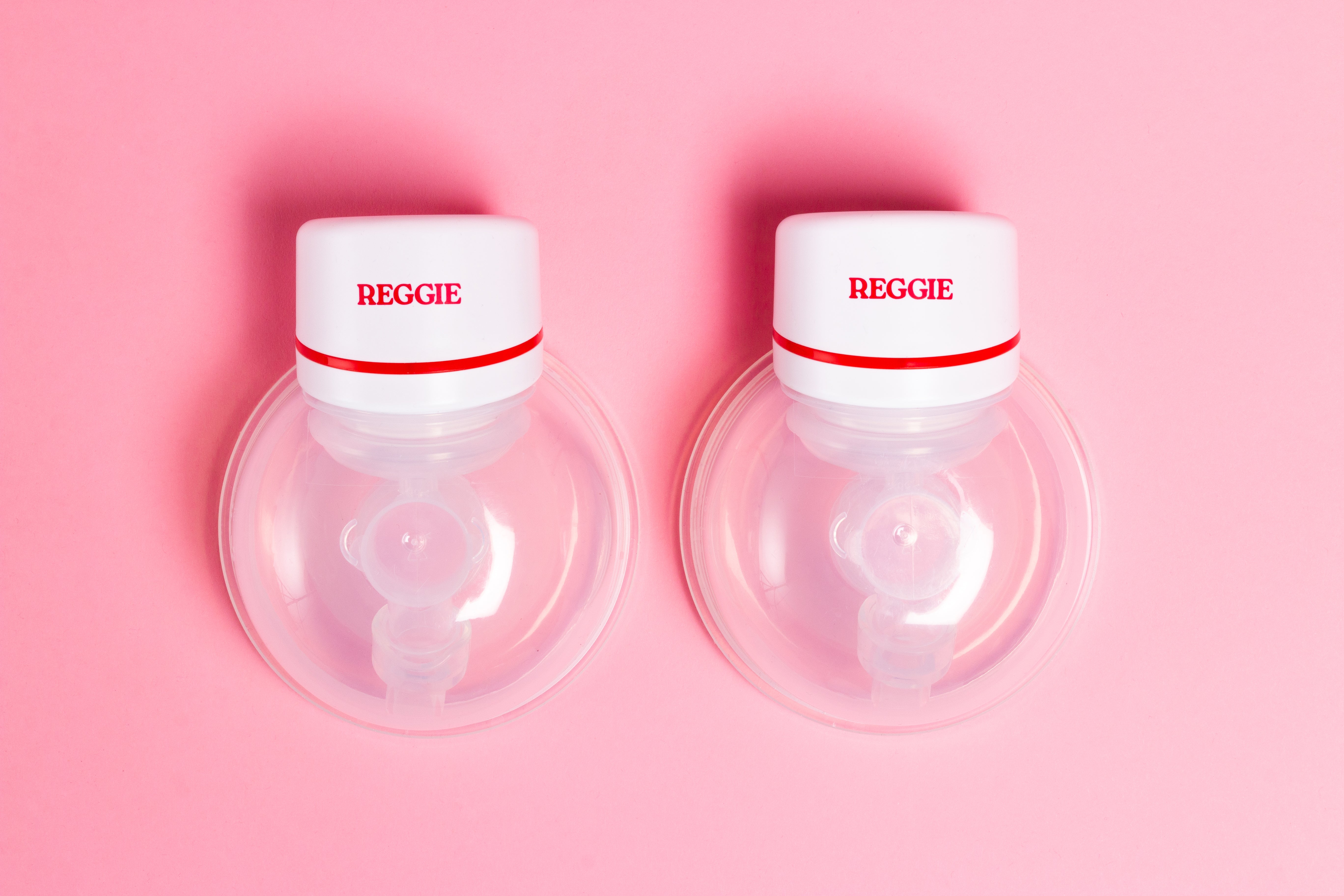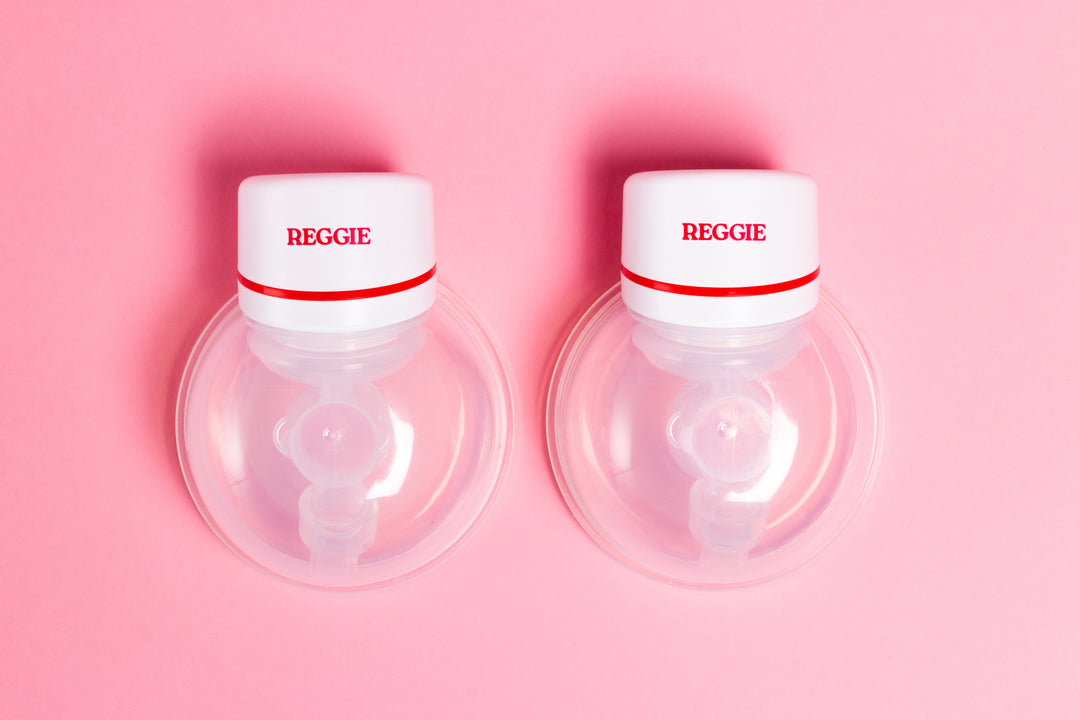How to Create a Pumping-Friendly Work Routine
Balancing work and breastfeeding can feel overwhelming, but with the right routine, it’s achievable. Here’s how you can pump at work effectively:
- Stick to a schedule: Pump every 2–3 hours to match your baby’s feeding times. Example: 9:00 AM, 12:00 PM, and 3:00 PM for 20 minutes each.
- Prepare your space: Secure a private, non-bathroom area with essentials like a comfortable chair, hands-free pumping bra, and milk storage containers.
- Use hands-free pumps: Wearable pumps allow multitasking and save time.
- Stay energised: Keep water and snacks nearby to maintain milk supply and energy levels.
- Communicate with your employer: Discuss your needs and legal rights under the PUMP Act 2022, which supports Australian mothers pumping at work.
Getting Ready to Pump at Work
Planning ahead is key to making pumping at work manageable. Thanks to the PUMP Act 2022, most Australian mothers are legally entitled to express milk at work for up to one year after giving birth . This law helps ensure a more supportive and stress-free work environment.
Find a Private Pumping Space
Talk to HR or your manager about securing a private area for pumping. Employers must provide a space - other than a bathroom - that offers privacy and is free from interruptions .
If your workplace has a dedicated lactation room, it should ideally include a comfortable chair, a flat surface for your pump, electrical outlets, a refrigerator, and privacy features like locks or signs. If no such room exists, you might suggest using an office, file room, or storage closet as a temporary solution . For those working in cubicles, you can create privacy by using items like a shower curtain rod or spring clamps to hang a curtain .
Align Pumping Times with Your Baby's Routine
Keeping a consistent pumping schedule helps maintain your milk supply. Try to match your pumping sessions to your baby’s feeding times. For newborns, this typically means pumping every 2–3 hours during work hours . Here's an example schedule:
| Time | Session Length | Notes |
|---|---|---|
| 9:00 AM | 20 minutes | Morning session |
| 12:00 PM | 20 minutes | Lunch break |
| 3:00 PM | 20 minutes | Afternoon session |
Feel free to adjust these times to fit your workday while keeping the intervals consistent.
Test Your Pump Beforehand
Make sure your pump is in good working order before your first day back. Wearable options, like Reggie Baby’s hands-free pumps, can make multitasking easier. Practise assembling, using, and cleaning your pump so everything feels second nature when you’re at work.
A little preparation goes a long way in creating a smooth pumping routine.
Setting Up Your Pumping Space
Creating an organised and comfortable pumping space can help maintain milk supply and keep you focused throughout the day.
Make Your Space Comfortable
Turn your pumping area into a cosy and practical spot. Start with a chair that provides good back support. Keep these essentials within reach:
- Hands-free pumping bra for convenience during sessions
- Clean nursing pads
- Storage containers or bags for expressed milk
- Sanitising wipes for cleaning equipment
- A small pillow to support your back
Comfort is essential, so make sure your setup also includes items that help you stay relaxed and nourished.
Keep Food and Water Nearby
Staying hydrated and energised is just as important as having the right equipment. Set up a small snack station in your pumping area with these essentials:
| Item | Purpose |
|---|---|
| Water bottle (1-2L) | Keeps you hydrated during sessions |
| Healthy snacks | Helps maintain energy and supports milk supply |
| Electrolyte drinks | Replenishes minerals lost during pumping |
Use Hands-Free Pumping Options
Consider wearable pumps, like Reggie Baby's wireless models , for added convenience. These allow you to multitask while pumping, giving you more flexibility and privacy during your day.
This setup helps you stay efficient and take care of yourself while managing your pumping routine.
sbb-itb-08733ff
Taking Care of Yourself
Taking care of yourself is key to balancing milk supply and staying focused at work.
Reduce Daily Stress
Stress can affect both your well-being and milk production. Research shows that relaxation techniques can boost milk supply and even promote infant weight gain . Here are a few ideas to help you unwind:
| Time Investment | Activity | Benefits |
|---|---|---|
| 5–10 minutes | Meditation | Lowers cortisol and helps you relax |
| 15–20 minutes | Listening to classical music | Can improve milk output |
| Throughout the day | Drinking water (8–10 cups) | Keeps you hydrated and energised |
| 2–3 times daily | Healthy snacks (300–500 calories) | Sustains energy and supports your nutrition |
Set up a peaceful space with dim lighting, cosy seating, and perhaps some essential oils. Dr Brent W. Bost, an OB/GYN, reminds us:
"'Me first' isn't selfish, it's preventive health"
Relaxation is important, but connecting with others can also make a big difference in how you feel.
Join Support Groups
Talking to other mums who are also pumping can provide emotional support and helpful tips.
"Milky Moms have helped me tremendously these first couple of weeks of being a new mom, with great information on breastfeeding. For sure helped me get rid of the anxiety of the whole process and if I could keep it up or not. I'm more than ready for the rest of the journey and more confident in my abilities as a mommy." – Angie L.
You might want to check out local La Leche League meetings or online communities where mums share experiences and advice.
Accept Schedule Changes
Even the best plans need adjusting sometimes. Deborah Belle, a psychologist in Boston, explains:
"The real key to a child's happiness is the emotional availability of the parent. A mother's morale and her emotional and mental health are her child's strength. It's vital that working moms take measures to protect their well-being."
Here’s how you can protect your emotional balance:
- Aim for "good enough" instead of perfection
- Use wearable pumps to keep things flexible
- Ask colleagues for help during busy times
Milk supply can fluctuate with stress and changes in your routine. By being kind to yourself and setting realistic expectations, you'll manage these shifts more smoothly.
Working with Your Employer
Clear communication about your pumping needs can help ease your transition back to work.
Talk to Your Manager
Before heading back to work, arrange a private meeting with your manager to outline your pumping requirements. Studies show that most new parents need 2–3 pumping sessions during an eight-hour workday, with each session lasting about 20–30 minutes .
Here are some points to cover:
| Topic | Details | Why It Matters |
|---|---|---|
| Legal Rights | Compliance with the PUMP Act | Employers must provide break time and a private space |
| Schedule | Suggested pumping times | Helps maintain milk supply and avoids health issues |
| Location | A private, non-bathroom space | Ensures cleanliness and meets legal standards |
| Productivity | How you'll manage your tasks | Shows you're committed to staying on top of your work |
Follow up by documenting what you’ve agreed on via email. If you face pushback, consider reaching out to HR or the Wage and Hour Division .
Having a clear plan with your employer can make pumping at work much easier.
Use Time-Saving Equipment
Pairing clear communication with efficient pumping tools can make a big difference. Wearable pumps, for example, allow hands-free pumping so you can keep working while expressing milk . If feasible, you could even pump during your commute .
If your workplace doesn’t already have proper facilities, your efforts could inspire changes that support other employees in the future. A well-organised routine benefits everyone involved.
Conclusion
Creating a pumping routine that fits your work schedule while prioritising personal well-being is entirely doable with the right approach.
Preparation, a consistent schedule, and open communication are key to making it work. Research highlights how workplace support plays a major role in breastfeeding success. Associate Professor Allison Gabriel from Eller College of Management explains:
"These results are important, because it helps show for the first time that when organizations help create conditions for women to pump without stress, they are helping them succeed at work and at home each day"
To maintain your pumping routine effectively, focus on these essentials:
- A private, comfortable space equipped with everything you need to express milk.
- Regular pumping sessions that align with your baby's feeding schedule.
- Self-care, including proper nutrition, hydration, and managing stress.
- Clear communication with your manager to ensure your pumping time is respected.
Nurse and lactation consultant Torey Potter emphasises:
"If you want to keep our milk supply up, you will need to build and keep a routine"
With thoughtful planning and the right support, balancing work responsibilities and pumping can be manageable. Staying committed to your routine benefits both your career and your baby's well-being.







Leave a comment